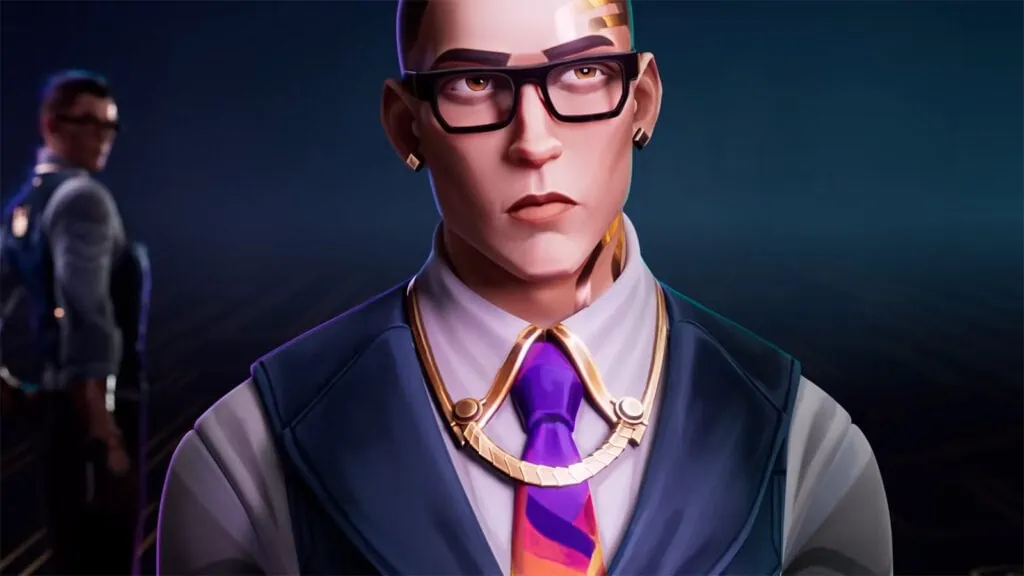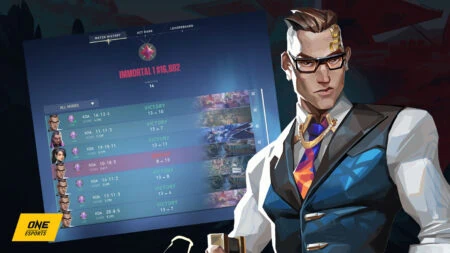It took me two years, but I finally got to Immortal in Valorant ranked, and I did it by playing only Chamber.
I’m only mildly apologetic about not expanding my hero pool. Chamber has been a blast to play, and he works fairly well on nearly every map.
As someone who dislikes Overwatch with a passion because of the multitude of abilities that negate gunplay, I loved the fact that two of Chamber’s abilities are literally guns.
Chamber is also a great agent for the chaos of ranked play. Unlike agents like Sova who depend on teammates following up after your utility, Chamber’s kit is extremely easy to play off. If your trap beeps, everyone knows it means that a flank is coming.
You also have full control of how much value you get from Headhunter and Trademark. All you have to do is hit your shots, without worrying if someone will follow up on your flash or smoke.
I played a ton of deathmatch to get to Immortal in Valorant ranked

That aside, climbing the ranks in Valorant is less about the agent you play and more about improving your individual mechanics. While all the videos about getting so-called Immortal-level aim in a month with the help of aim trainers may seem a little specious, ranking up in Valorant does in fact depend a lot on your aim.
Ranked remains a supremely uncoordinated experience, so if you’re winning the majority of your aim duels, you’ll be winning a lot more games. I’m not trying to discount the importance of good game sense, positioning, and ability usage, but aim has felt like the biggest differentiator by far.
I didn’t suddenly decide to use an aim trainer, but I did begin to play a lot more deathmatches than usual. Deathmatch is a great way to warm up before matches, and it helps you familiarize yourself with different angles on various maps.
I personally like to play deathmatch without sound, so I can focus on crosshair placement and improving my reaction times when seeing an enemy. This mode shouldn’t be about holding an angle, cranking up your volume, and waiting for someone to run into your crosshair.

What’s interesting is that deathmatch actually has its own MMR that is independent of your ranked MMR. This means that you could potentially queue into much higher-ranked players, giving you the chance to go head-to-head against them.
As you improve and matches get harder and more unforgiving, you’re forced to step up your game in order to compete. In comparison, you’re only competing against yourself in an aim trainer.
Another thing that helped me was watching pro matches. You’ll always learn something from studying someone better, whether it’s a strong angle to hold, where to stand on site in anticipation of a push, or nifty utility usage.
On top of that, I also stopped tilt queuing. If you’re on a losing streak, just stop and pick it up another day. Being in the right state of mind and feeling confident plays a big part in winning games. If you don’t think you can win a duel, you’re not going to win it.
Finally, grab a buddy that you can queue with. The grind is always a lot more fun with a friend, and it helps to have someone else to rely on. 5-stacking is probably one of the worst ways to climb, because it means that you’ll be playing against other coordinated stacks, which is a formula for incredibly sweaty games.
READ MORE: TenZ slams the state of Valorant ranked: ‘It’s just awful, I’d rather do the dishes’


